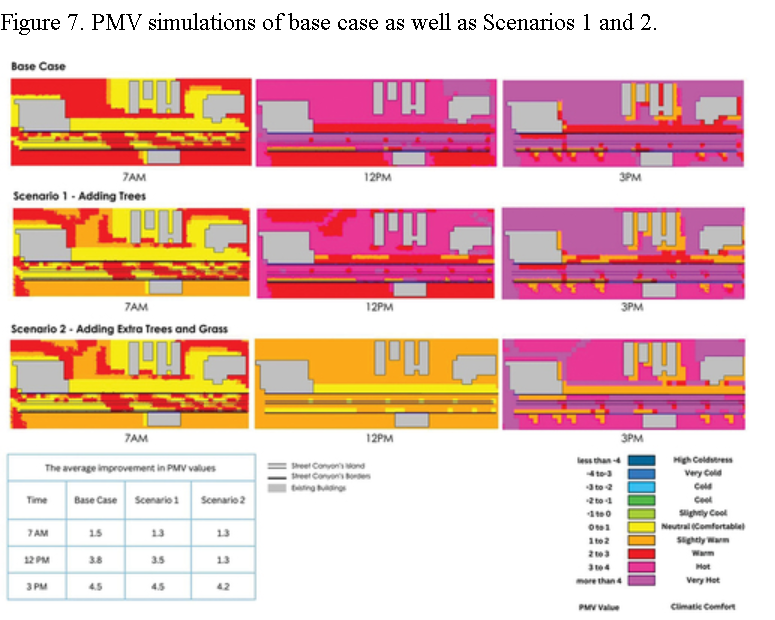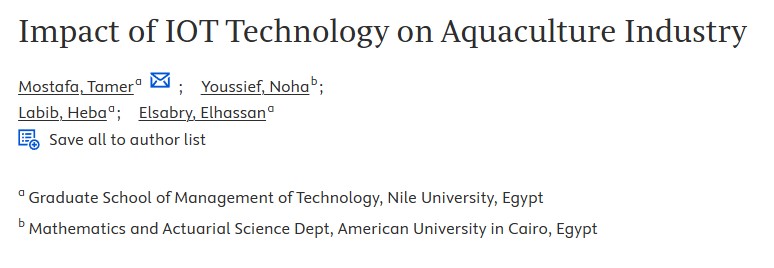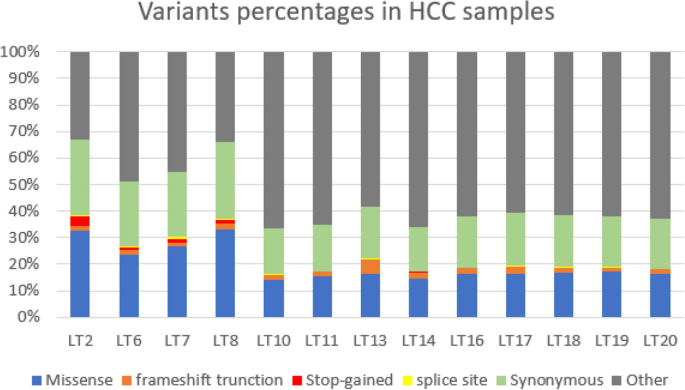

Optimal uplink and downlink resource allocation for wireless powered cellular networks
In this paper, we characterize optimal resource allocation for the uplink and downlink of wireless powered cellular networks (WPCNs). In particular, we investigate a time-slotted WPCN, where a hybrid access point (HAP) is in charge of energy replenishing of M cellular users (CUs), along with transmission/reception of information to/from them. Unlike prior works, which give attention to information transmission in only one direction (either uplink or downlink), our work incorporates information transmission in both directions, along with energy transfer over the downlink. Besides harvesting energy explicitly from the HAP, each user opportunistically harvests the RF energy borne by the information sent by the HAP over the downlink to the remaining M - 1 users, in order to boost its uplink throughput. Towards this objective, we formulate the total (uplink and downlink) sum throughput maximization problem to characterize the optimal time allocation for energy, downlink information, and uplink information slots, subject to time allocation constraints. Furthermore, we establish the convexity of the problem, and an efficient algorithm based on the gradient projection method is proposed. The obtained numerical results reveal valuable insights about the fairness-throughput trade-offs. Moreover, and among others, the network dynamics are introduced, which clarify how the optimal time allocation pattern is changed in accordance with the change of the users' placement, and the HAP's transmission power, in both energy and information slots. © 2017 IEEE.



